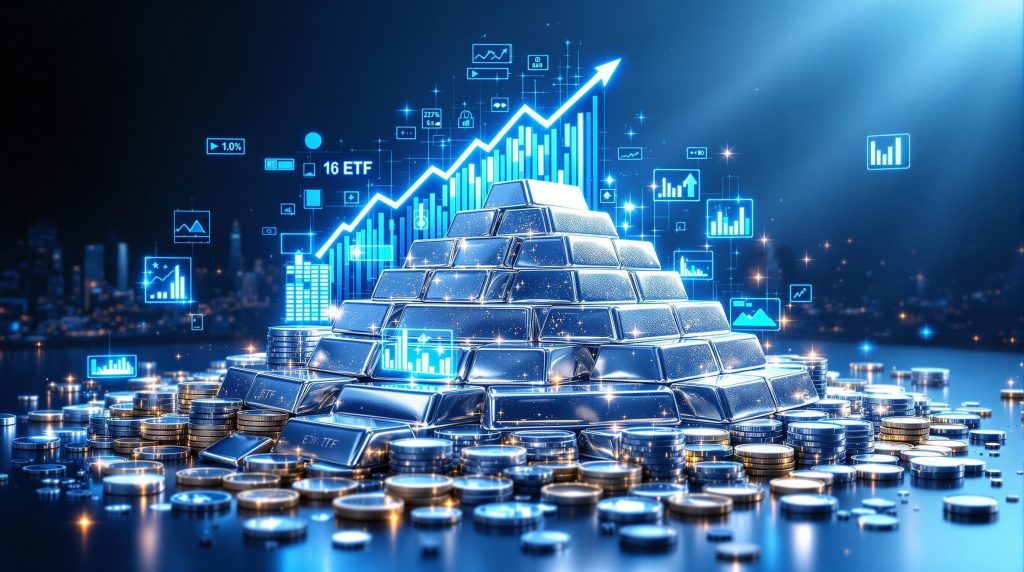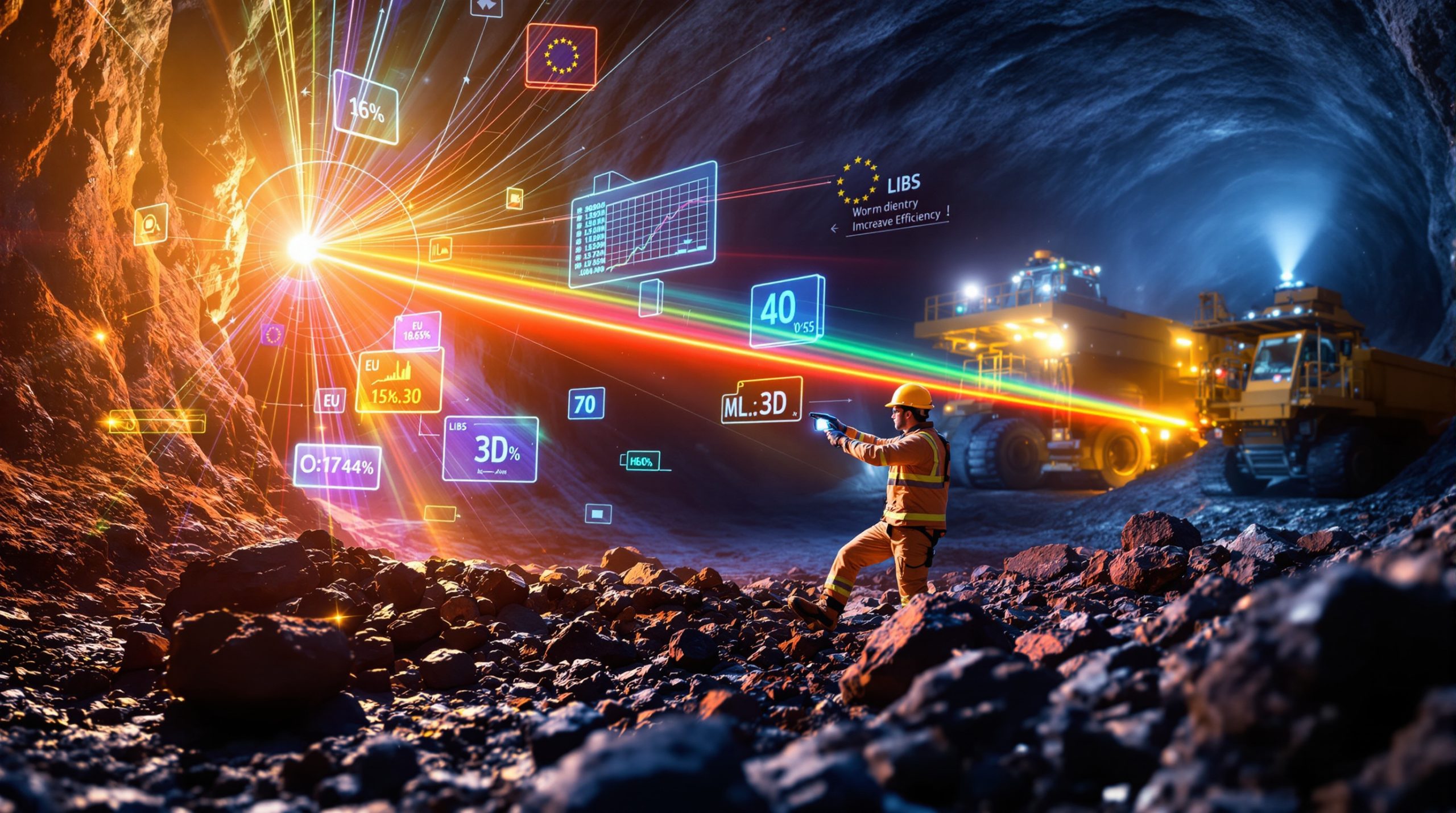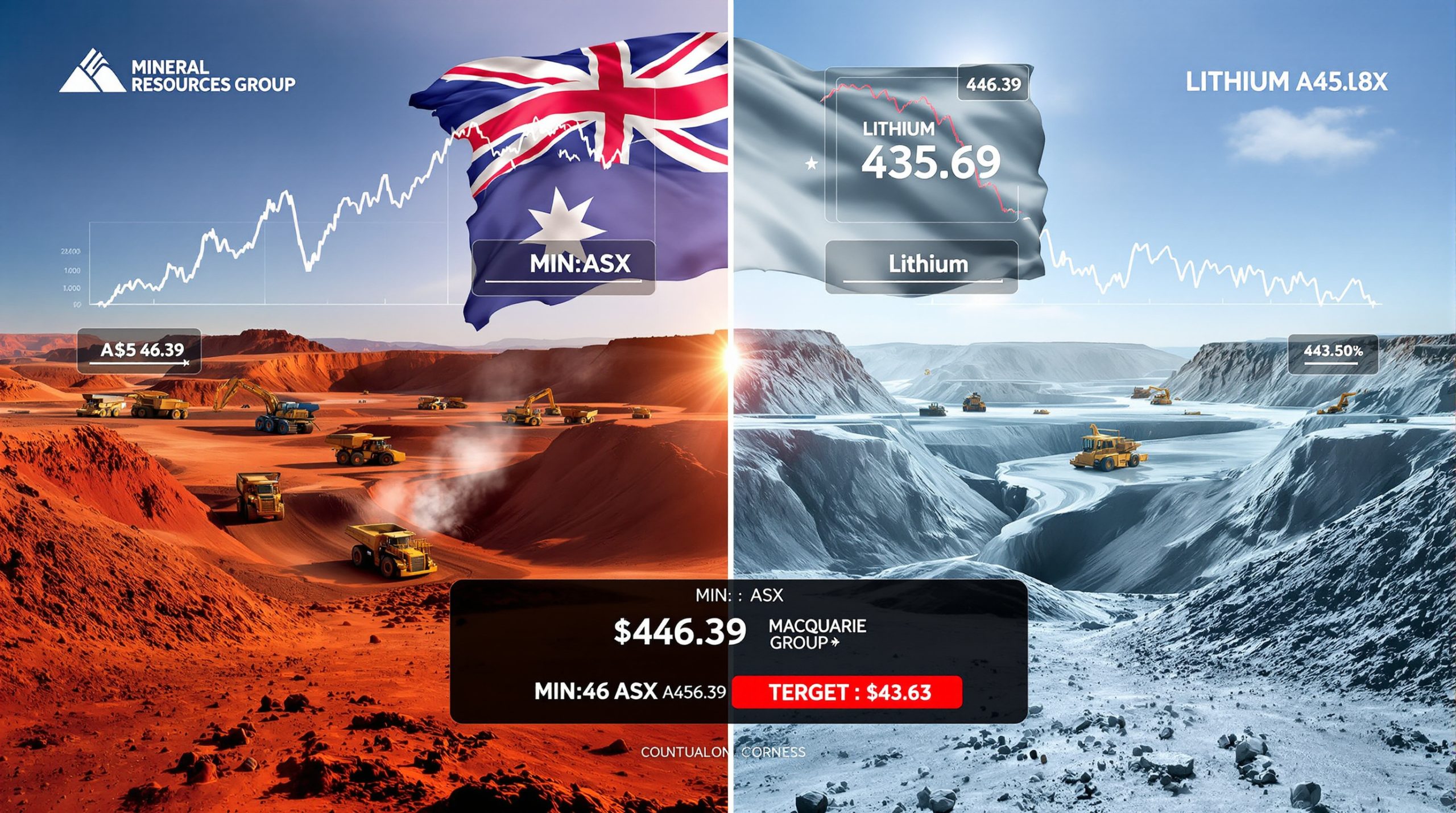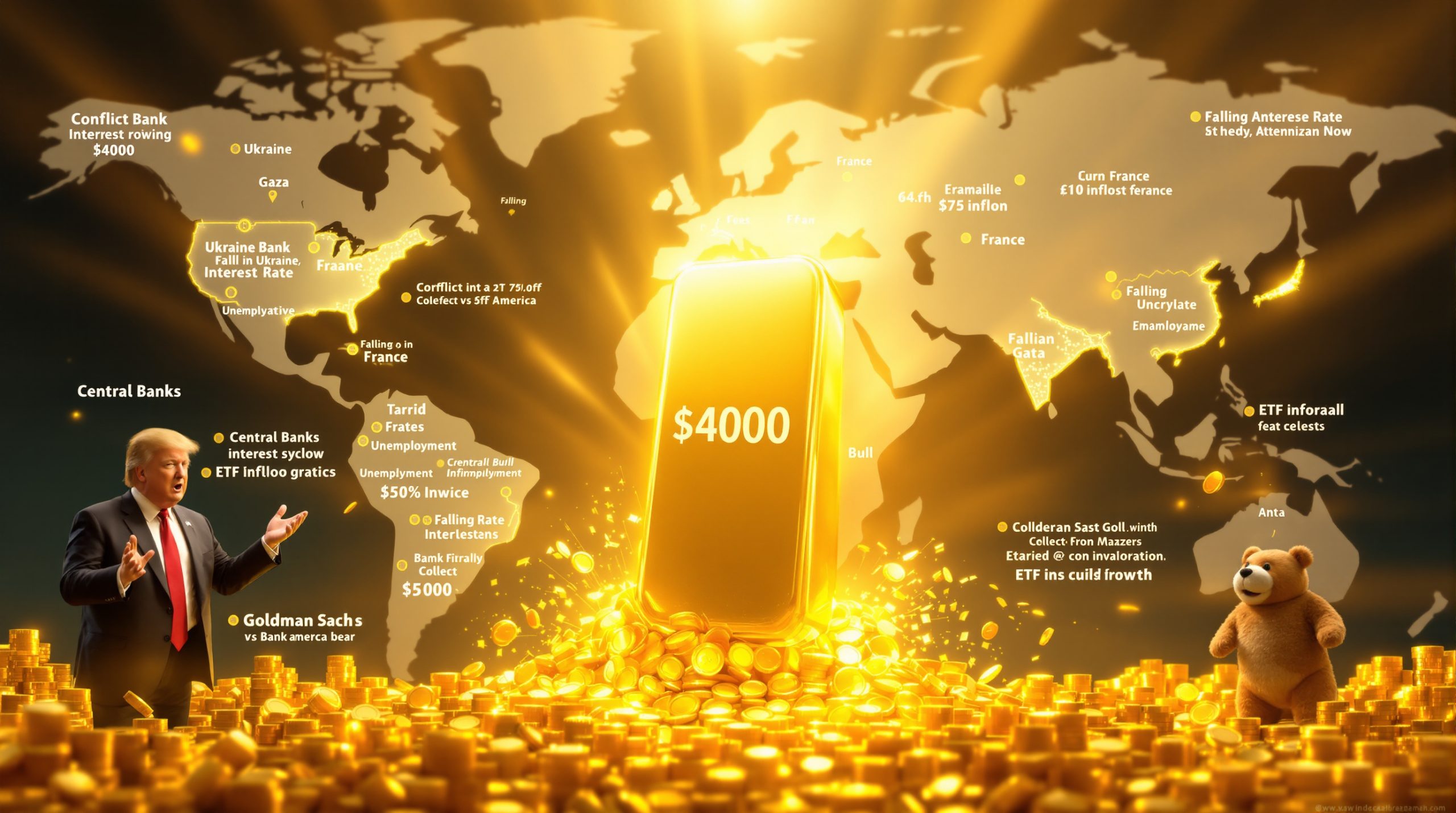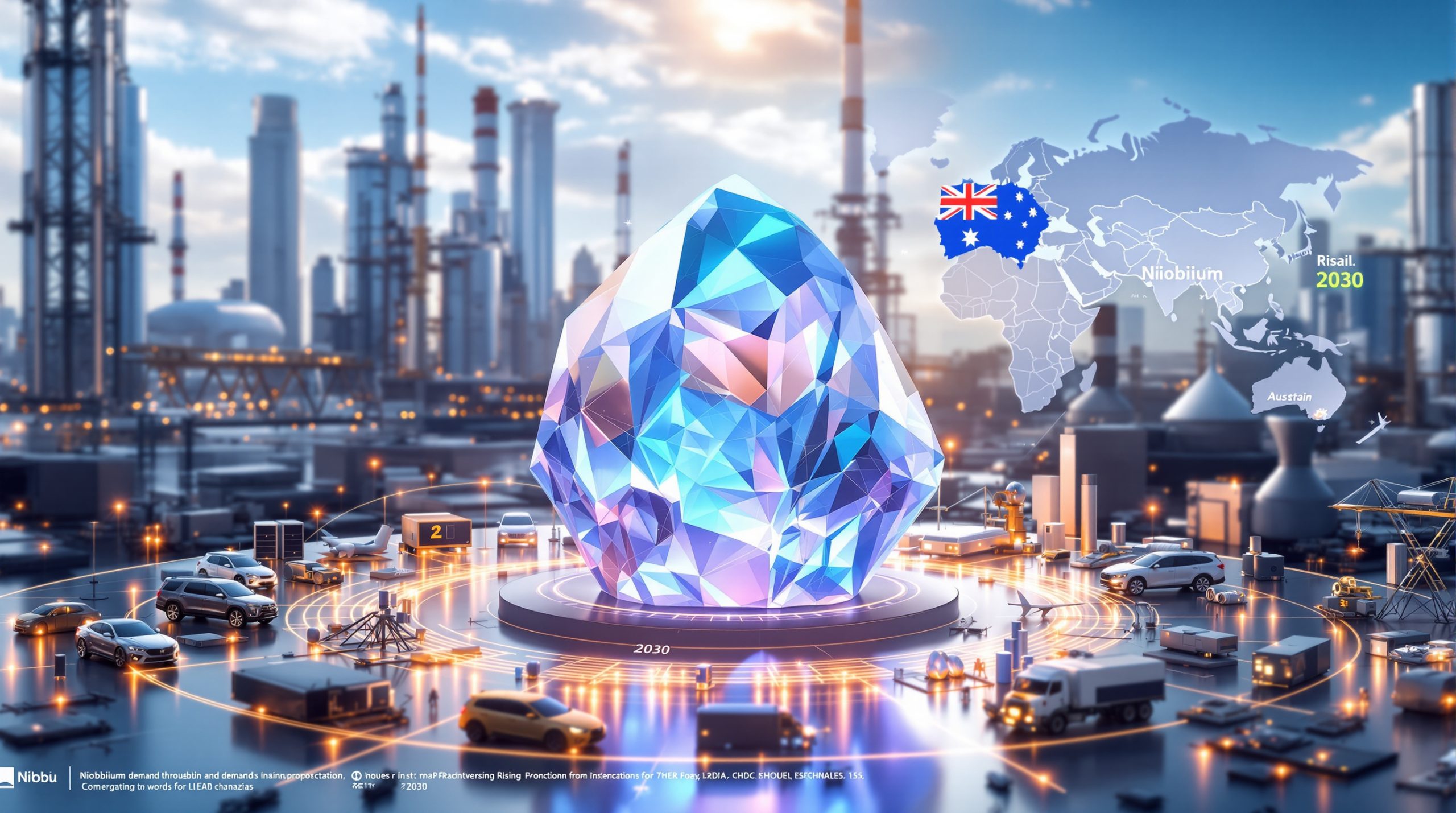Understanding the Silver ETP Boom
Silver has emerged as a standout performer in the investment world this year, with Exchange-Traded Products (ETPs) experiencing unprecedented capital inflows. These investment vehicles have captured the attention of institutional and retail investors alike, reshaping the precious metals landscape in profound ways.
What are Silver ETPs and Why They Matter
Silver Exchange-Traded Products represent a convenient way for investors to gain exposure to silver prices without the complexities of physical ownership. These financial instruments track the price of silver while eliminating concerns about storage, insurance, and liquidity that typically accompany physical bullion investments.
ETPs have democratized silver investing by providing a regulated, transparent vehicle that trades on major exchanges. For institutional investors particularly, these products offer the ability to quickly adjust portfolio allocations to silver without the operational friction of physical metal transactions.
Unlike direct ownership, ETPs enable precise position sizing, efficient tax treatment, and seamless integration with existing brokerage accounts. This accessibility has dramatically expanded the investor base for silver beyond traditional precious metals enthusiasts.
The Scale of Recent Inflows
The silver market has witnessed extraordinary capital movement in 2025, with ETPs absorbing over 95 million ounces already this year, surpassing the entire 2024 total of 88 million ounces. This acceleration reflects a dramatic shift in investor sentiment toward hard assets with both monetary and industrial applications.
Global silver ETP assets under management have now surged beyond $40 billion, representing one of the most significant reallocations of institutional capital toward the metal in modern financial history. This momentum signals growing confidence in silver's long-term fundamentals among professional money managers.
The pace of inflows has been particularly notable in North American and European markets, where economic uncertainty and inflation concerns have intensified the search for alternative stores of value. Record inflows into silver ETPs driving investor returns now represents approximately 25% of annual silver consumption, creating substantial price support.
Comparing to Historical Patterns
Current inflow patterns mark a decisive break from historical trends. Silver now comprises approximately 7% of all precious metals ETF holdings globally, up significantly from just 4% in 2020. This proportional shift indicates a structural reassessment of silver's role in diversified investment portfolios.
Previous silver bull markets saw retail investors dominate physical demand, but the current cycle features unprecedented institutional participation through ETPs. This broadened investor base suggests potentially greater staying power compared to historical price spikes that often saw rapid reversals.
During the 2011 silver rally that briefly pushed prices above $49 per ounce, institutional involvement was relatively modest. Today's ETP-driven demand reflects a more sophisticated understanding of silver's dual role as both precious and industrial metal, potentially creating a more sustainable price trajectory.
What's Driving Institutional Interest in Silver?
Institutional investors have traditionally maintained limited exposure to silver, but several converging factors are changing this calculus. The metal's unique properties and evolving market dynamics have captured attention from professional money managers seeking both protection and growth potential.
Silver's Unique Dual-Purpose Position
Unlike gold, which primarily serves as a monetary hedge, silver offers exposure to both monetary and industrial demand drivers. This hybrid nature provides investors with inflation protection while simultaneously capturing growth in critical industrial sectors that rely on silver's physical properties.
Silver's conductivity, reflectivity, and antibacterial qualities make it irreplaceable in numerous high-growth applications. As economies transition toward electrification and renewable energy, silver's industrial utility creates demand drivers that gold simply doesn't possess.
This dual nature helps explain why silver often outperforms gold during periods of economic expansion, while still maintaining its role as a store of value during times of financial stress. The metal effectively bridges two investment categories – precious metals and industrial commodities – giving it unique portfolio characteristics.
The Deepening Supply-Demand Imbalance
The silver market faces a structural deficit that continues to widen. Supply has declined at an annual rate of 0.9% since 2020, while demand has grown by 3.6%. The 2023 deficit of 184 million ounces is projected to expand by 17% in 2024, creating fundamental support for higher prices.
Primary silver mines represent only about 25% of annual production, with the majority coming as a byproduct of copper, lead, and zinc mining. This supply structure means that even rising silver prices don't necessarily trigger significant new production, as decisions to develop new mines are often based on base metal economics rather than silver prices.
Years of underinvestment in silver exploration and development have further constrained the supply pipeline. The average time from discovery to production for new silver projects now exceeds 12 years, creating significant lag between price signals and supply responses. This supply inelasticity amplifies the impact of rising demand, potentially leading to a silver market squeeze in the coming years.
Monetary Policy Uncertainty and De-Dollarization
Institutional capital is increasingly seeking alternatives to traditional currency reserves amid dollar weakness, negative real yields, and accelerating global foreign exchange diversification. Silver's historical monetary role positions it as a beneficiary of this capital rotation.
Central banks globally have been increasing their gold reserves at the fastest pace in decades, reflecting growing concerns about the long-term stability of fiat currencies. While central banks primarily focus on gold, private institutional investors increasingly recognize silver's comparable monetary properties at a fraction of gold's price.
The monetary component of silver demand tends to accelerate during periods of expansionary monetary policy and currency debasement. With global debt levels reaching unprecedented heights and real interest rates remaining low despite nominal rate increases, the fundamental case for monetary metals continues to strengthen.
How is Industrial Demand Reshaping Silver's Future?
While investor interest has driven recent price momentum, silver's industrial applications represent the most transformative long-term demand catalyst. Several high-growth sectors are dramatically increasing their silver consumption, creating structural support for prices.
Green Energy Revolution's Silver Requirements
Photovoltaic applications have become a dominant force in silver consumption, with usage reaching 232 million ounces in 2024—quadruple the 2015 level. Solar panel manufacturing requires silver for its conductivity properties, creating sustained demand that traditional mining supply struggles to match.
Each solar panel contains approximately 20 grams of silver, which plays a critical role in the efficiency of electricity generation. While manufacturers continue seeking ways to reduce silver content per panel, the exponential growth in overall solar deployment has more than offset these thrifting efforts.
The International Energy Agency projects solar capacity additions will reach 650 gigawatts annually by 2030, representing approximately 310 million ounces of silver demand annually from this sector alone. This trajectory creates a substantial floor for industrial silver consumption regardless of investment demand fluctuations.
Electric Vehicle and Energy Storage Applications
Beyond solar panels, silver plays a critical role in electric vehicle components, battery technologies, and energy storage systems. These high-growth sectors create additional demand vectors that further strain available supply.
Electric vehicles utilize approximately 25-50 grams of silver per vehicle, primarily in electrical contacts, battery management systems, and power semiconductors. With annual EV production projected to reach 40 million units by 2030, this represents another significant growth category for silver consumption.
Energy storage systems, including grid-scale batteries and distributed storage solutions, rely on silver for multiple components. As renewable energy penetration increases globally, the need for storage capacity grows proportionally, creating yet another expanding market for silver's industrial applications.
Traditional Industrial Resilience
Silver's established industrial applications in electronics, medical devices, and water purification remain robust, providing a stable demand floor even during economic slowdowns. This multi-sector demand profile creates resilience not typically found in single-purpose commodities.
Electronics manufacturing remains the largest traditional industrial category, with silver used in everything from smartphones to home appliances. The average smartphone contains approximately 0.35 grams of silver, while larger electronic devices can contain significantly more.
Medical applications have expanded significantly in recent years, with silver's antibacterial properties finding uses in wound dressings, surgical instruments, and hospital surfaces. This sector has demonstrated particular resilience during economic downturns, further stabilizing overall demand.
Why Are Mining Equities Attracting Premium Valuations?
While physical silver and ETPs provide direct exposure to metal prices, mining equities offer unique investment characteristics that have attracted significant capital flows. Several factors explain the premium valuations emerging in the silver mining sector.
Operational Leverage to Rising Silver Prices
Mining companies with high silver exposure offer amplified returns during price appreciation phases. Pure-play silver producers with 80% or more revenue derived from silver stand to benefit disproportionately from the metal's structural deficit.
A simple example illustrates this leverage effect: a miner producing silver at an all-in sustaining cost of $15 per ounce generates $5 in margin at a $20 silver price. If silver rises to $25, that margin doubles to $10 per ounce—representing a 100% increase in profitability from just a 25% increase in the underlying metal price.
This operational leverage explains why silver mining stocks often outperform the metal itself during bull markets. While physical silver might appreciate 50% during a strong uptrend, well-positioned junior mining investments can potentially deliver 200-300% returns over the same period.
Low All-In Sustaining Costs (AISC) Producers
Companies with favorable cost structures deliver expanded margins as silver prices rise. Producers with AISC below $15 per ounce can generate substantial free cash flow at current silver prices approaching 14-year highs.
Cost leadership within the sector typically results from a combination of high ore grades, operational efficiency, and favorable mining conditions. Companies operating in the lowest quartile of the cost curve maintain profitability even during price corrections, while generating exceptional returns during favorable price environments.
As silver prices strengthen, low-cost producers often initiate or increase dividend payments, further enhancing total shareholder returns. This dividend component attracts a broader investor base, including income-oriented funds that might otherwise avoid the mining sector.
Development-Stage Companies With Near-Term Production
Projects with established resources and clear paths to production within 12-24 months are attracting premium institutional allocations. Companies with feasibility studies showing strong internal rates of return (IRR) and rapid payback periods align with institutional timelines for value realization.
The valuation gap between producing miners and advanced developers tends to narrow significantly as projects approach construction decisions. This re-rating process can create substantial returns for investors who identify quality projects before they reach production.
For silver developers specifically, the current price environment substantially enhances project economics compared to feasibility studies conducted during lower price periods. Projects that showed modest returns at $18 silver may now demonstrate exceptional economics at current price levels, creating significant upside potential.
What Makes a Compelling Silver Mining Investment?
Navigating the silver mining sector requires understanding several key factors that differentiate companies and drive relative performance. While rising silver prices generally lift the entire sector, company-specific characteristics determine which stocks deliver superior risk-adjusted returns.
Pure-Play Exposure vs. Diversified Producers
Investors seeking maximum leverage to silver prices typically favor companies with concentrated silver exposure. Pure-play silver miners command premium enterprise value multiples during bullish silver markets compared to diversified producers with significant base metal revenue.
True silver-focused producers have become increasingly rare, as most silver production comes from mines where it's a byproduct of base metal operations. Companies deriving 70% or more of their revenue from silver represent less than 1% of global mining market capitalization, creating scarcity value during silver bull markets.
Diversified producers offer more balanced risk profiles but typically underperform pure-play silver miners during strong silver price environments. Many investors construct portfolios that include both categories, allocating larger positions to diversified producers while maintaining smaller, higher-beta positions in pure silver companies.
Jurisdictional Considerations and Risk Profiles
Mining operations in stable jurisdictions with transparent permitting processes and low sovereign interference (particularly in North America) attract premium valuations. Mexico, the United States, and Peru represent key silver-producing regions with established mining codes.
Jurisdictional risk factors include taxation policies, permitting timelines, environmental regulations, and security considerations. Companies operating in multiple jurisdictions typically receive higher valuations than single-jurisdiction operators, as geographical diversification mitigates country-specific risks.
Recent trends show increasing investor preference for operations in established mining jurisdictions with strong rule of law, even if operating costs are somewhat higher. This "flight to quality" jurisdictions reflects growing concern about resource nationalism and unpredictable regulatory changes in certain regions.
Resource Quality and Expansion Potential
High-grade silver deposits with substantial exploration upside provide investors with both immediate production value and long-term optionality. Companies reporting measured and indicated resources exceeding 200 million ounces with expansion potential offer compelling growth profiles.
Grade remains one of the most reliable predictors of mining profitability. High-grade operations (>300 g/t silver) typically maintain lower costs per ounce and require less capital intensity per unit of production, translating to superior returns on invested capital.
Expansion potential through exploration creates embedded options within mining equities. Companies with large land packages surrounding existing resources provide investors with "free optionality" – the possibility of significant resource growth without requiring additional equity investments.
The Future of Silver Investment
Balancing Portfolio Allocations
Institutional investors are increasingly incorporating silver into their portfolios, with many using the gold-silver ratio insights to determine optimal allocation percentages. Currently, with the ratio around 78:1, many analysts suggest silver remains undervalued relative to gold.
Professional investors typically maintain silver allocations between 2-5% of their precious metals exposure, with that percentage increasing during periods of anticipated industrial growth. This strategic approach allows portfolios to benefit from silver's monetary characteristics while capturing upside from its industrial applications.
Furthermore, the combination of physical silver, ETPs, and mining equities creates a balanced exposure profile that maximizes return potential while managing volatility. Each vehicle offers distinct advantages depending on market conditions and investment objectives.
Technological Advancements in Mining
The mining industry evolution continues to improve operational efficiency and environmental performance. Technologies like autonomous equipment, real-time grade control, and advanced metallurgical processes are transforming silver mining economics.
Digital twins of mining operations enable optimization of extraction sequences, reducing dilution and improving recovery rates. These innovations can increase silver yield by 5-8% while reducing energy consumption by up to 15%, enhancing both profitability and sustainability.
Additionally, mine reclamation innovation is changing how companies approach end-of-life planning. Progressive rehabilitation techniques allow for simultaneous mining and restoration activities, reducing long-term environmental liabilities while improving community relations.
Silver's Role in a Changing Global Economy
As economic uncertainties persist and industrial applications expand, record inflows into silver ETPs driving investor returns will likely continue shaping market dynamics. The metal's unique position at the intersection of precious and industrial metals provides distinctive portfolio characteristics not found in other asset classes.
With photovoltaic demand projected to double by 2030 and electric vehicle production accelerating globally, silver's industrial consumption appears poised for sustained growth. Simultaneously, monetary demand responds to macroeconomic factors including inflation, currency debasement, and geopolitical instability.
This dual demand profile creates resilience throughout economic cycles, potentially reducing silver's historical volatility while maintaining its upside potential. For investors seeking both inflation protection and exposure to technological growth sectors, silver continues to offer a compelling value proposition.
Want to Profit from the Next Major ASX Mineral Discovery?
Discover how significant mineral discoveries can generate substantial returns for savvy investors by exploring Discovery Alert's dedicated discoveries page, powered by the proprietary Discovery IQ model. Begin your 30-day free trial today at Discovery Alert and position yourself ahead of the market for the next silver boom or mineral discovery opportunity.
